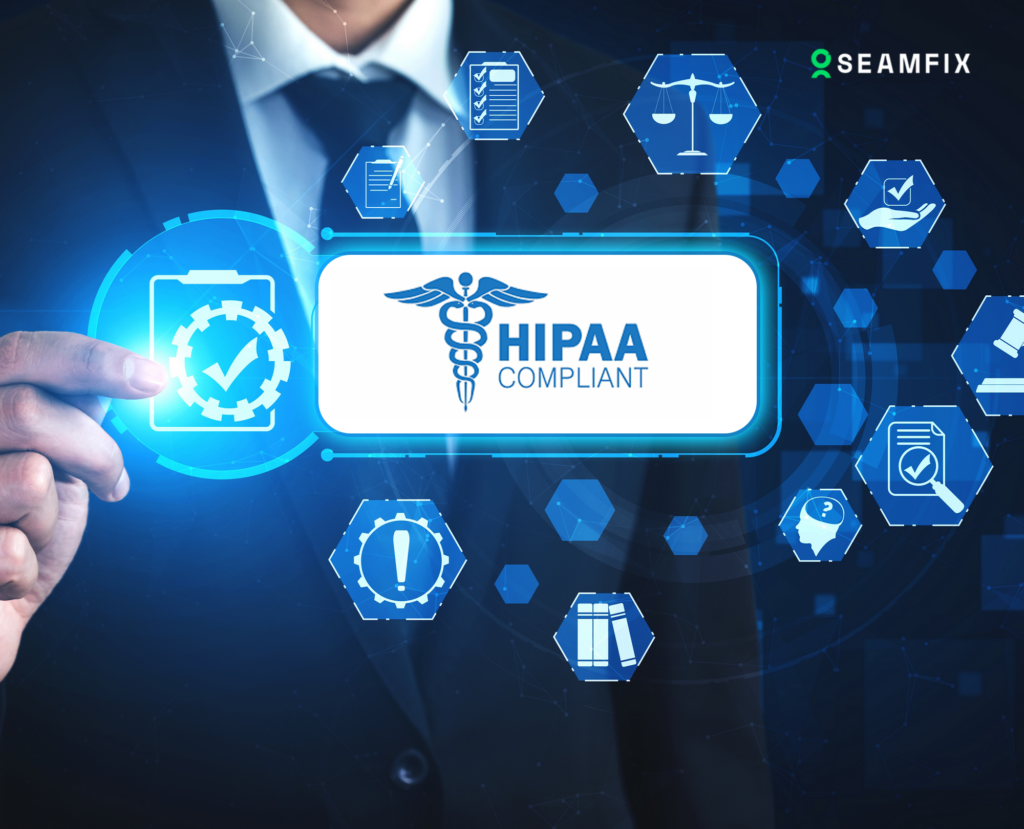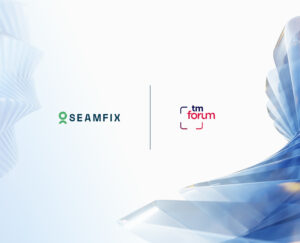IAM and HIPAA Compliance: Ensuring Data Security in Healthcare
When it comes to healthcare, protecting sensitive patient data isn’t just a best practice—it’s the law. The Health Insurance Portability and Accountability Act (HIPAA) sets strict standards for safeguarding patient information, and failing to comply can result in hefty fines and reputational damage. That’s where Identity and Access Management (IAM) comes in. By managing who has access to what, IAM plays a critical role in IAM and HIPAA Compliance: Ensuring Data Security in healthcare organizations.
In this blog, we’ll explore how IAM helps healthcare providers meet HIPAA requirements, the key features needed for compliance, and how solutions like Seamfix iAM can simplify the process. Whether you’re an IT professional, a healthcare administrator, or just someone curious about data security, this guide will make HIPAA and IAM easy to understand. Let’s dive in!
What is HIPAA Compliance?
Congress enacted the Health Insurance Portability and Accountability Act (HIPAA) in 1996 to protect patient health information. It requires healthcare organizations to implement safeguards to ensure the confidentiality, integrity, and availability of protected health information (PHI). This includes:
- Administrative Safeguards: Policies and procedures to manage access to PHI.
- Physical Safeguards: Measures to protect physical access to PHI (e.g., locked file cabinets).
- Technical Safeguards: Technology solutions to control and monitor access to electronic PHI (ePHI).
One of the most critical aspects of HIPAA compliance is controlling access to PHI. This is where IAM and HIPAA Compliance: Ensuring Data Security becomes essential.
Why IAM is Essential for HIPAA Compliance
IAM and HIPAA Compliance: Ensuring Data Security go hand in hand. Here’s why IAM is a must for healthcare organizations:
- Access Control: HIPAA requires that only authorized individuals have access to PHI. IAM grants access based on roles and responsibilities, minimizing the risk of unauthorized access.
- Audit Trails: HIPAA mandates detailed logs of who accessed PHI and when. IAM provides these logs, making it easy to track user activity and demonstrate compliance during audits.
- User Provisioning and Deprovisioning: HIPAA requires that access to PHI is promptly granted and revoked as employees join, move, or leave the organization. IAM automates this process, reducing the risk of errors.
- Data Encryption: HIPAA requires that ePHI is encrypted both at rest and in transit. Many IAM solutions, including Seamfix iAM, support encryption to ensure data security.
Key IAM Features for HIPAA Compliance
When it comes to IAM and HIPAA Compliance: Ensuring Data Security, there are several key features to look for:
- Role-Based Access Control (RBAC): Assign permissions based on roles to ensure that users only have access to the PHI they need.
- Multi-Factor Authentication (MFA): Add an extra layer of security to verify user identities and prevent unauthorized access.
- Audit Logs and Reporting: Maintain detailed records of user activity to demonstrate compliance during audits.
- Automated User Management: Automate user provisioning and deprovisioning to ensure that access is always up to date.
How Seamfix iAM Simplifies HIPAA Compliance
Now, let’s talk about how Seamfix iAM can help. Seamfix iAM simplifies IAM and HIPAA compliance, providing a secure and scalable solution for data security. Here’s why it’s a great choice for healthcare organizations:
- Robust Access Control: Seamfix iAM supports RBAC and MFA, ensuring that only authorized users can access PHI.
- Detailed Audit Logs: Seamfix iAM provides comprehensive logs and reports, making it easy to track user activity and demonstrate compliance.
- Automated User Management: With Seamfix iAM, user provisioning and deprovisioning can be automated, reducing the risk of errors and ensuring that access is always up to date.
- User-Friendly: Designed with simplicity in mind, Seamfix iAM is easy to set up and use, even for non-tech-savvy teams.
For example, imagine a new nurse joining your healthcare team. With Seamfix iAM, you can:
- Automatically create their account.
- Assign them the right permissions based on their role.
- Ensure they have access to the PHI they need—and nothing more.
It’s IAM and HIPAA Compliance: Ensuring Data Security made simple.
Tips for Managing IAM for HIPAA Compliance
Here are some tips to help you get the most out of your IAM system for HIPAA compliance:
- Start with a Plan: Identify your organization’s specific HIPAA compliance needs and goals.
- Involve Key Stakeholders: Get input from IT, healthcare administrators, and compliance teams to ensure everyone’s needs are met.
- Communicate with Users:
Inform employees about why IAM is being implemented and how it will benefit them.
- Monitor and Optimize: Keep an eye on how the system is performing and make adjustments as needed.
Final Thoughts
IAM and HIPAA Compliance: Ensuring Data Security is essential for any healthcare organization that wants to protect patient information and avoid costly fines. By controlling access to PHI, maintaining detailed audit logs, and automating user management, IAM helps you meet HIPAA requirements with ease.
And with solutions like Seamfix iAM, implementing IAM for HIPAA compliance has never been easier.
It’s designed to streamline the process, scale effectively, and enhance user experience—allowing you to focus on what really matters: providing quality care to your patients.
So, what are you waiting for? Take the first step toward better security and compliance by exploring how Seamfix iAM can help.
Ready to learn more? Check out Seamfix iAM and its IAM capabilities here.






